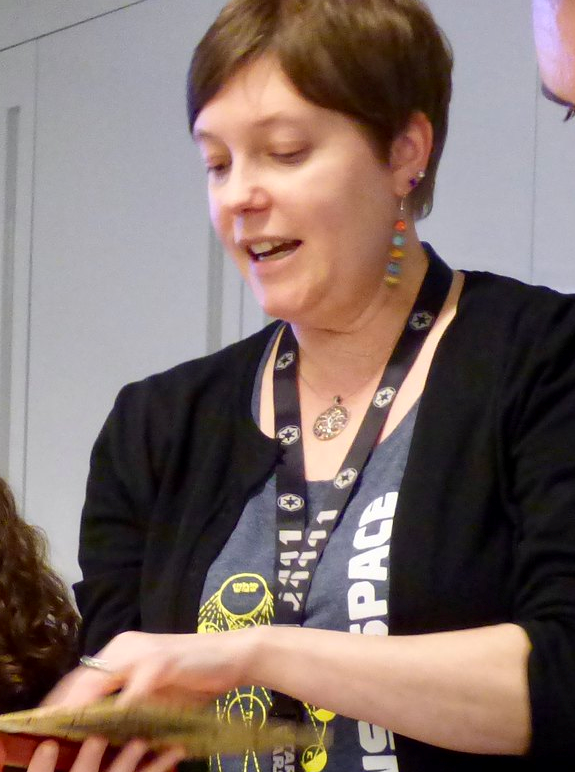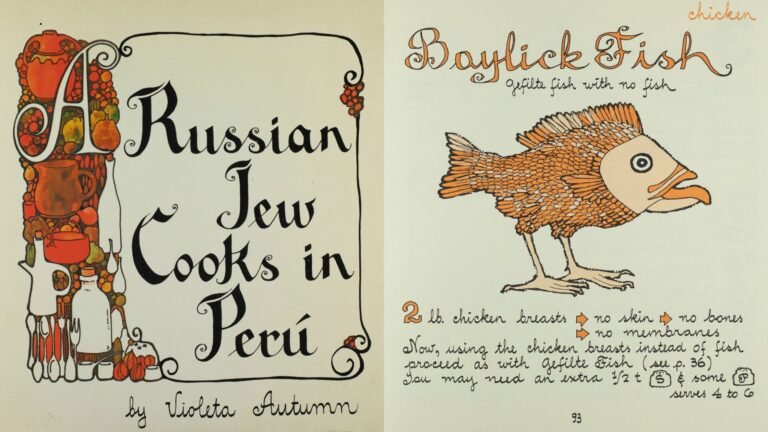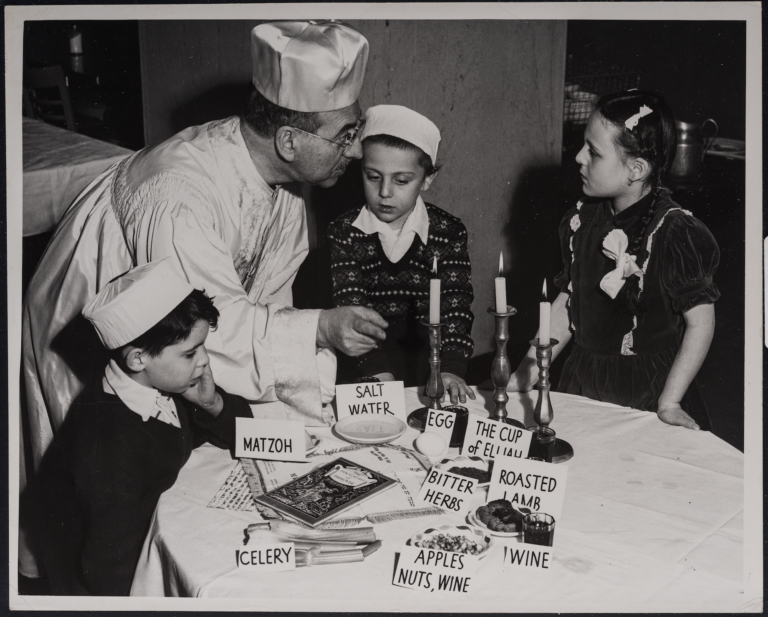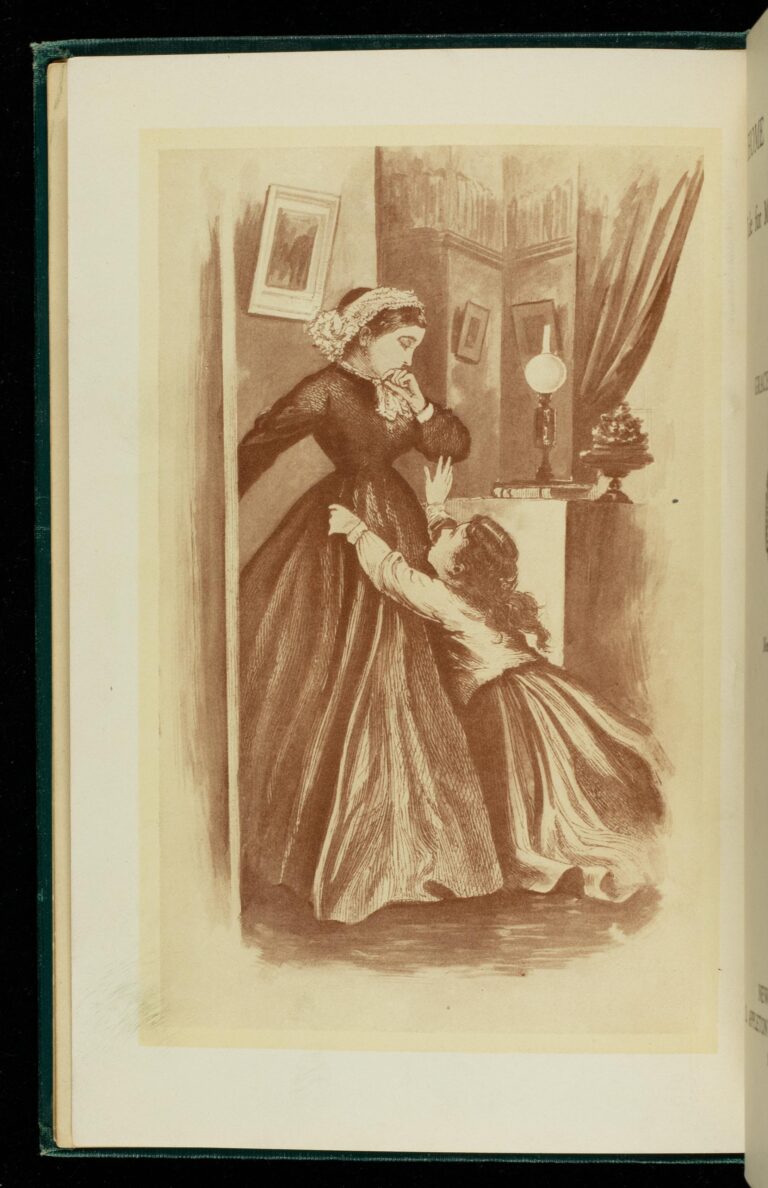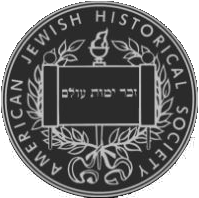Collecting archival materials that illustrate American Jewish philanthropy has been a priority for AJHS for over a century; some of our earliest institutional collections document the efforts of organizations large and small that created programs to assist their fellow citizens. But collecting materials is only the first step in the life cycle of archives- preservation work is often necessary to ensure the viability and stability of these precious items for generations to come. A very important task for all the staff who work in collections is to evaluate materials for preservation interventions as well as digitization, and facilitate this important work so access to materials can continue as seamlessly as possible.
One of the collections in need of such intervention was I-13, or The People’s Relief Committee (PRC) for Jewish War Sufferers, an American Jewish organization that sought to help Jewish communities in Europe who suffered hardship and displacement in the immediate aftermath of World War I. The PRC was created in 1915 and disbanded in 1924, and while the organization itself was short-lived the efforts of the group and its leadership lived on in successor organizations throughout the 20th and 21st centuries. The collection has been at AJHS for many years, as it was transferred to us from the NYPL in the early 1930’s by Dr. Joshua Bloch, who was the head of the NYPL Judaica division at that time. The collection is critical to researchers studying World War I, but also for those looking at immigration policy, Jewish philanthropy, and activism in this period.
Sadly, due to extremely poor condition, this collection has been closed to the public since 2015. Due to the severe deterioration of the items in the collection, especially the bound volumes that comprised approximately 80% of the collection, the material has not been available to researchers for close to a decade; these drastic steps were necessary as the condition of the materials was so fragile that even gentle usage resulted in inadvertent damage to the brittle pages that comprised the collection. In addition to the poor paper quality, the volumes were bound with wood and rusty nails; these fasteners had deteriorated to the point that the volumes were unsafe for researchers to use and for staff to handle, lest they get wood splinters or were injured by the rusty nails that held the bindings together.
But thankfully, this archive is now available digitally, and these materials can be used by researchers for the first time in years. Thanks to a generous grant provided by the National Endowment for the Humanities and in conjunction with our colleagues at The Center for Jewish History, AJHS has now finished up a multi-year project to conserve and digitize these items, stabilizing the originals while capturing the images for digital delivery. These images are now available for all to see and use, allowing us to explore this rich history in greater depth for the first time in decades.
But before we could move ahead with digital capture, extensive preservation interventions were needed to stabilize the materials. Our colleagues in the preservation department at The Center for Jewish History worked to remove the dangerous bindings and metal fasteners, clean all the pages, and house them in archival folders; after this important (and messy!) work was done, the items were then moved to the digital lab for imaging. This video will show a time lapse version of how this critical work was done and shine a light on the important work of conservation professionals. We hope you enjoy it!
How to access this material:
The bound volumes that comprise the bulk of this collection, (Series I, boxes 8-50), were fully digitized thanks to the generous support from the National Endowment for the Humanities and are available starting at this link: https://archives.cjh.org/repositories/3/archival_objects/978933. After you click on the link, a red icon reading, “view online” will appear; click on this icon, and you may then browse through all the digital materials in the order they appear in the physical collection.
Those boxes, 8-50, are not available for in-person use as the physical condition of the materials does not permit handling. Boxes 1-7 of this collection are available for in-person use in the Reading Room.

